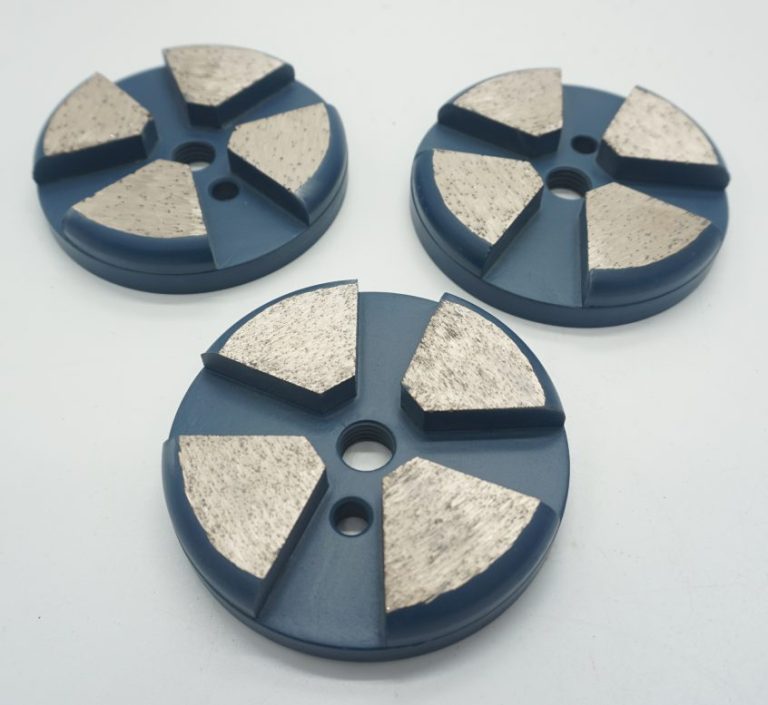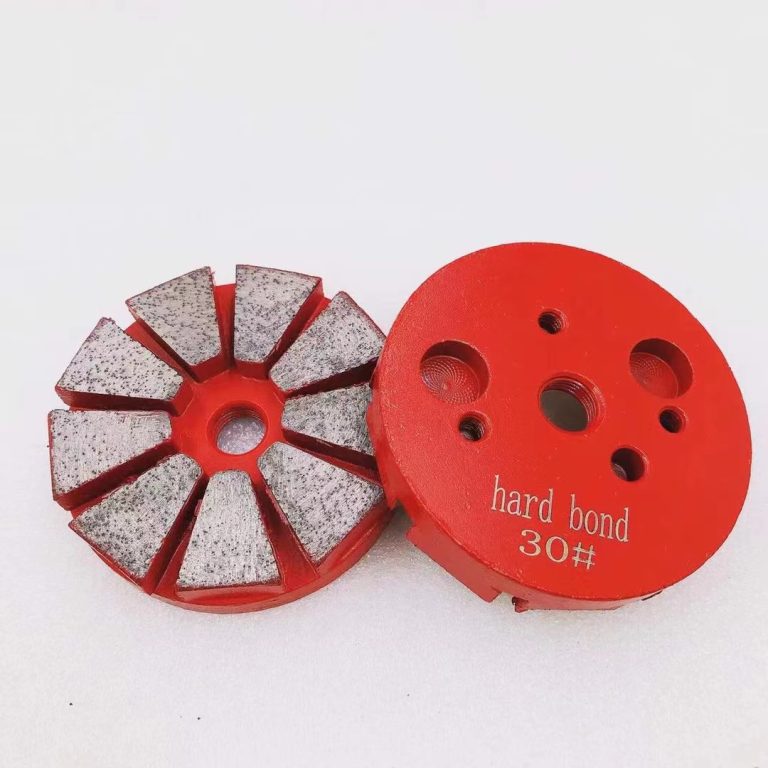Navigating Trade – offs in Diamond Tool Applications for Stone Cutting: A Strategic Guide
In the specialized realm of diamond tool manufacturing and stone cutting, decision – making is intricately woven with the need to understand and manage trade – offs. These trade – offs, which involve sacrificing one objective for another, play a pivotal role in determining the efficiency, quality, and economic viability of the stone – cutting process.

- Speed vs. Surface Finish
When it comes to using diamond saw blades for stone cutting, the balance between speed and surface finish is a critical consideration. Diamond saw blades designed for high – speed cutting promise enhanced productivity. They can swiftly slice through various types of stone, reducing the overall cutting time and potentially ramping up production volumes. However, this increased speed is not without its drawbacks. High – speed operation generates significant heat. In the context of stone cutting, this heat can cause several issues. It may lead to thermal cracking in the stone, especially in more brittle varieties, and can also affect the surface finish quality. A sub – optimal surface finish might necessitate additional grinding or polishing steps, adding both time and cost to the overall stone – processing workflow.
To strike an appropriate balance, stone – cutting professionals must carefully evaluate the nature of the stone being worked on and the specific requirements of the end – product. For high – end applications such as cutting marble for luxury interior design projects, where a flawless surface finish is paramount, it may be necessary to sacrifice some cutting speed. Slowing down the cutting process can help minimize heat generation and ensure a superior surface finish. Conversely, for large – scale construction projects using more common stones like granite for building facades, where a slightly rougher finish can be acceptable, a higher – speed cutting approach might be more practical, with subsequent finishing operations adjusted accordingly.
- Cost vs. Longevity
The cost – longevity trade – off is another crucial aspect in the diamond tool industry for stone cutting. Lower – cost diamond saw blades may seem like an appealing option, particularly for businesses operating on a tight budget. They offer an immediate reduction in upfront expenditure. However, these budget – friendly blades often have a shorter lifespan. They tend to wear out more rapidly during the stone – cutting process, especially when dealing with harder or more abrasive stones. Frequent blade replacements not only incur additional costs but also result in production downtime, which can significantly impact overall productivity. Moreover, lower – quality blades may be less efficient, requiring more passes over the stone to achieve the desired cut, thus consuming more energy and further increasing long – term costs.
In contrast, investing in high – quality, long – lasting diamond saw blades can be a strategic move. Although the initial cost is higher, these blades are typically crafted from premium materials and advanced manufacturing techniques. They can withstand the rigors of continuous stone cutting, maintaining their cutting edge for a much longer period. This extended lifespan means fewer blade replacements, reduced downtime, and improved overall efficiency. To make an informed decision, stone – cutting enterprises should conduct a comprehensive cost – benefit analysis. This analysis should take into account not only the purchase price of the blades but also the long – term operational costs, including replacement frequency, energy consumption, and productivity losses due to downtime.
- Quality vs. Price
In the diamond tool market for stone cutting, the relationship between quality and price is a well – recognized trade – off. High – quality diamond saw blades generally come with a higher price tag. These premium blades are often made from top – grade diamond grits and advanced bonding materials, ensuring precision cutting and durability. They can deliver more consistent and superior cutting results, reducing the occurrence of chipping, uneven cuts, and other defects. In many cases, they can even eliminate the need for secondary finishing operations, saving both time and resources.

However, the decision to invest in high – quality blades is not always straightforward. For small – scale stone – cutting businesses or projects with limited budgets, the high cost may seem prohibitive. In such situations, it’s essential to consider the overall value that these blades can provide. If using high – quality diamond saw blades can improve the quality of the cut to the extent that it enhances customer satisfaction, reduces waste, and potentially opens up new business opportunities in more demanding markets, then the investment may be justifiable. On the other hand, for simpler stone – cutting tasks, such as basic landscaping projects where the quality requirements are less stringent, more affordable blade options may be sufficient.
In conclusion, understanding and effectively managing trade – offs is fundamental to success in the diamond tool industry for stone cutting. By carefully weighing the implications of decisions related to speed vs. surface finish, cost vs. longevity, and quality vs. price, stone – cutting businesses can make strategic choices that optimize their operations, enhance the quality of their output, and drive long – term profitability.




